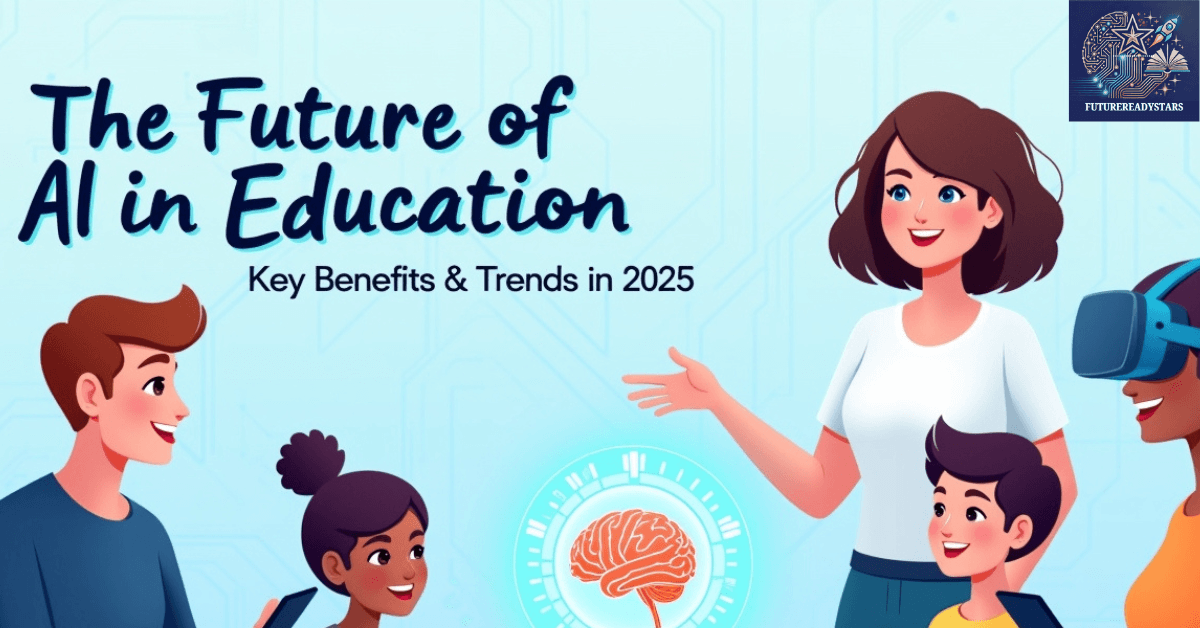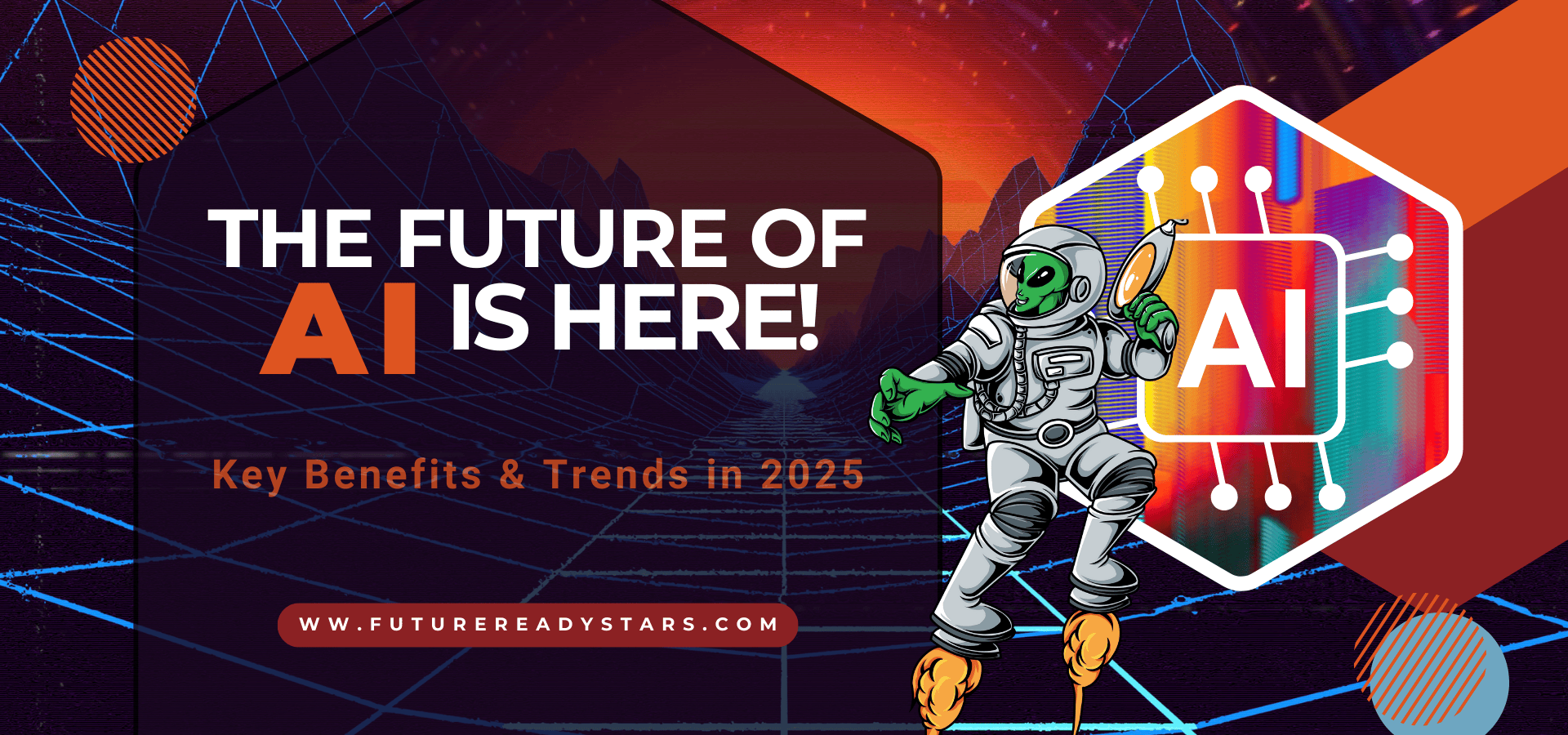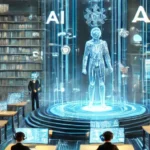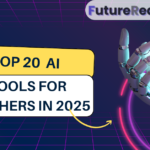
made by AI
Introduction: How AI is Shaping the Future of Education in 2025
In 2025, artificial intelligence (AI) is no longer just a trendy term—it’s making a real impact in education. From customized learning experiences to smart tutoring systems, AI is helping students learn better and making teaching easier for educators. This isn’t a glimpse into the future—it’s happening right now. I’ve seen how my students use AI in their learning. Many of them treat it almost like a friend, relying on it for help with their studies. Whether they need assistance with research, solving problems, or improving their writing, AI tools have become their go-to resource. It’s amazing to see how comfortable they are with this technology, In this article, we’ll explore how AI is transforming education, the key benefits it offers, and the exciting trends shaping the future of learning.
What Are the Main Benefits of AI in Education in 2025?
“Technology will never replace great teachers, but in the hands of great teachers, it’s transformational.” – George Couros
It helps students by adjusting lessons to match their strengths and showing where they need to improve. At the same time, it supports teachers by taking care of routine tasks like grading, so they can focus more on teaching.
Also, AI makes it easier to track student progress and offer help when needed. For students with disabilities, tools like speech-to-text and real-time translation make learning more accessible.
As AI tools continue to grow, they’re making education more flexible and supportive for everyone.
Current Attitudes Toward AI in Education
By 2025, attitudes toward AI in education have changed a lot. What started as doubt and uncertainty in 2023 has turned into broad support and excitement. A study from 2024 showed that nearly 50% of teachers now use ChatGPT every week in their classrooms, and students and parents are also welcoming AI tools. Teachers appreciate how AI helps students learn faster, stay more engaged, and be more creative. As people have become more familiar with AI, it’s gone from being seen as a potential threat to a helpful tool in education.

Top AI In Education Statistics 2025
- 56% of college students utilize AI to complete their assignments.
- 65% of the teachers already use AI for academic work.
- In fall 2023, 49% of the students used AI writing tools.
- 95% of the students reported that their grades improved after studying with ChatGPT.
- 6 in 10 educators use AI in classrooms.
- The AI in the education market is estimated to reach $5.57 billion in 2024.
The Gap: AI Policy and Training Lag Behind Adoption
Even though AI tools are being used more widely, many schools still don’t have clear policies or training programs. Over 50% of teachers say their schools don’t have official guidelines for using AI, leaving them to figure it out on their own. What’s more, 56% of teachers haven’t received any training on AI tools but are eager to learn. Without proper support, AI’s full potential in education isn’t being realized. Schools need to focus on professional development and create clear policies to ensure AI is used in the right and ethical way.
How Are Teachers and Students Using AI in 2025?
AI is already redefining how students and teachers engage with education:
- Nearly 50% of K-12 students use ChatGPT weekly for learning.
- 86% of university students incorporate AI tools for assignments and research.
- Teachers use AI for lesson planning, grading, and resource creation, yet many lack institutional support.
Schools must provide structured training and accessible resources to maximize AI’s benefits for students and educators alike.
The following table and chart display the AI tools that students use most.

| AI Tools | Percentage of AI-Using Students Using the Tool |
|---|---|
| ChatGPT | 83% |
| Dall-E 2 | 17% |
| Bing Chat | 11% |
| Google Bard | 8% |
| Other AI tools like Midjourney, Grammarly, etc. | 40% |
Source: ACT report
Why Schools Need AI Policies in 2025 and Beyond
AI is entering classrooms fast—but we need a plan. Like building a house, we need a solid foundation. That’s where smart policies come in. In 2025, schools and leaders are asking: How can we use AI in a fair and safe way?
Take data privacy. AI tools collect a lot of student info—so how do we keep it secure? What about fairness? How can rural and low-budget schools get the same AI tools as big city ones?
Policies should do more than set rules. They should support training, access, and creativity. Imagine teachers using AI to teach better, and students learning with AI and about it too.
But here’s the thing—AI changes fast. So, our rules must change with it. The goal? Policies that grow and adapt, just like the tech they’re guiding.

How to Make AI Access Fair for Every Student
AI can transform education—but not for everyone yet. Right now, students in wealthier areas often get better AI tools, internet, and teacher support. Meanwhile, rural and underfunded schools are left behind. This makes the learning gap even bigger.
To fix this, we need action. First, provide basic tools—like strong internet and devices—to the schools that need them. Then, train teachers so they know how to use AI in the classroom. With the right support, AI can help all students—not just a few—learn and grow.
FAQs:
Ans – By 2025, 65% of teachers actively use AI tools for tasks like grading, lesson planning, and tracking student progress. However, over 50% of schools still lack formal AI policies, leaving educators to navigate adoption independently.
Ans – schools must invest in three areas:
Infrastructure: Reliable internet and devices for underserved districts.
Training: AI literacy programs for teachers.
Affordable Tools: Prioritize free or low-cost AI resources (e.g., Khan Academy’s AI tutors).
Without equity-focused policies, the gap between wealthy and rural schools will widen.
Ans – Key ethical concerns include:
Data Privacy: Protecting student information from misuse.
Algorithmic Bias: AI trained on non-diverse data misjudges marginalized students.
Job Displacement Fears: Balancing automation with teacher roles.
The 2025 EU AI Education Act aims to address these through strict transparency rules.
Ans – According to 2025 data:
83% of students use ChatGPT for assignments.
40% rely on tools like Grammarly or Midjourney.
17% experiment with AI art generators like Dall-E 2.
Students report 95% grade improvement with AI support, but over-reliance remains a concern.
Ans – Forward-thinking schools are:
Adopting flexible AI policies that evolve with technology.
Partnering with orgs like ISTE for teacher training.
Piloting AI ethics courses to teach students responsible use.
The goal? Ensure AI enhances learning without replacing human connection.
Conclusion: The Path Forward for AI in Education
AI has the potential to revolutionize education, but its success depends on how we address current challenges. While enthusiasm for AI tools like ChatGPT is high, gaps in policy, training, and access must be addressed to ensure equitable adoption. By investing in infrastructure, providing teacher training, and implementing clear policies, schools can harness AI’s power to create a more inclusive and innovative learning environment. The future of education is here—let’s make sure it works for everyone.
📌 Explore More on AI in Education:
🔹 What is AI? A Beginner’s Guide – Understand AI’s core concepts.
🔹 Top 20 AI Tools for Teachers in 2025 – Must-have AI tools for educators.
🔹 ChatGPT for Students: Ethical AI Use – How students can use AI responsibly.
Artificial intelligence is here to stay—let’s ensure it creates a smarter, more inclusive future for education!




I do not even understand how I ended up here, but I assumed this publish used to be great
Good post! We will be linking to this particularly great post on our site. Keep up the great writing
I very delighted to find this internet site on bing, just what I was searching for as well saved to fav